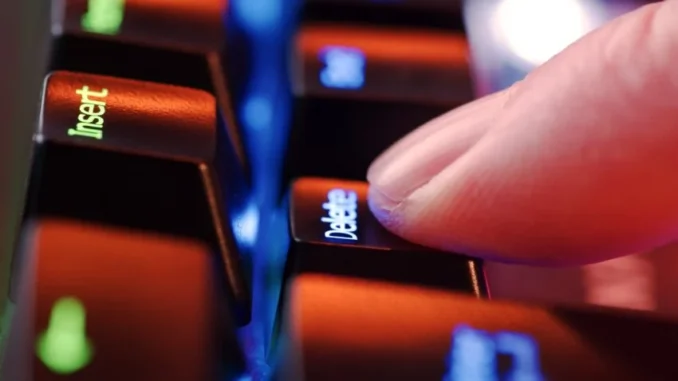
If a Windows update is causing issues on your computer, you can uninstall it to revert to a previous state. Here’s a step-by-step guide:
1. Uninstall via Settings
- Open Settings:
- Press
Windows + Ior click the Start Menu and select Settings.
- Press
- Navigate to Update Settings:
- Go to Update & Security > Windows Update.
- Click on View update history.
- Select Updates to Uninstall:
- Under Update history, click Uninstall updates. This will open the Control Panel window.
- Uninstall the Update:
- In the list of installed updates, locate the update causing the issue (often shown with “KB” followed by a number, e.g., KB5012345).
- Right-click on the update and select Uninstall.
- Follow the prompts to complete the uninstallation.
2. Uninstall via Advanced Startup (for Severe Issues)
If your system isn’t booting properly, you can uninstall the update from the Advanced Startup options.
- Access Advanced Startup:
- If you can boot: Go to Settings > Update & Security > Recovery > Advanced startup > Restart now.
- If you can’t boot: Repeatedly press the Power button to force shutdown during boot until you see the recovery options.
- Choose Troubleshoot Options:
- In the recovery menu, select Troubleshoot > Advanced options.
- Uninstall Updates:
- Click Uninstall Updates.
- Choose between Uninstall latest quality update or Uninstall latest feature update, depending on what was installed most recently.
- Follow the prompts to remove the problematic update.
3. Use Command Prompt in Safe Mode
For advanced users or when GUI methods fail:
- Boot into Safe Mode with Command Prompt:
- Restart your PC and press
F8orShift + Restartto enter advanced options. Select Safe Mode with Command Prompt.
- Restart your PC and press
- Run Commands:
- Type the following commands to list recent updates:
lua
wmic qfe list brief /format:table
- Note the HotFixID of the problematic update (e.g., KB5012345).
- Use this command to uninstall the update:
bash
wusa /uninstall /kb:5012345
- Replace
5012345with the actual KB number.
- Type the following commands to list recent updates:
- Restart Your Computer:
- After the update is uninstalled, restart your PC.
Prevent Automatic Reinstallation
After uninstalling, Windows might try to reinstall the update. To prevent this:
- Use the Show or Hide Updates Troubleshooter tool from Microsoft to block the specific update.
If the issue persists after uninstalling, consider seeking support for deeper troubleshooting or rolling back to a restore point.
Windows updates often bring bug fixes, security patches, and new features to your PC, but they can also backfire by introducing problems like performance degradation or even panic-inducing data loss. If you’re noticing some quirkiness after installing an update, you can roll it back to try and get things working again.
There are two main kinds of Windows updates: Quality Updates and Feature Updates. Quality updates include security patches, bug fixes, and other small tweaks inside those monthly “Cumulative Updates” you’ll see on the Windows Update page in Settings. Feature Updates are the larger, annual updates, and come packed with new features and major changes.
Windows 10 and Windows 11 users can uninstall Quality Updates, but Feature Updates must be rolled back through recovery options. Here’s how to uninstall a Windows update.If a Windows update has caused some odd behavior or broken one of your peripherals, uninstalling it should be pretty easy. Even if the computer is starting fine, I generally recommend booting into Safe Mode before uninstalling an update, just to be on the safe side.

Leave a Reply